This wind-ravaged outcrop of basalt where the raging oceans of the Atlantic, Pacific and Southern meet may not look important. But Cape Horn, South America has played its fair role in maritime history.
Since its discovery in the early 1600s, Cape Horn has seen the deaths of thousands of sailors and changed the face of global shipping. But why? Join us as we sail through the history of this archipelago at the Ends of the Earth.
Key moments in the history of Cape Horn, South America
1520: Portuguese Captain, Ferdinand Magellan and his crew are the first to sail through the Strait of Magellan, the body of water that separates continental South America from Tierra del Fuego.
1578: English privateer Francis Drake and his ship are blown off course and discover the Drake Passage, a stretch of water that we now know lies between Cape Horn and the South Shetland Islands of Antarctica.
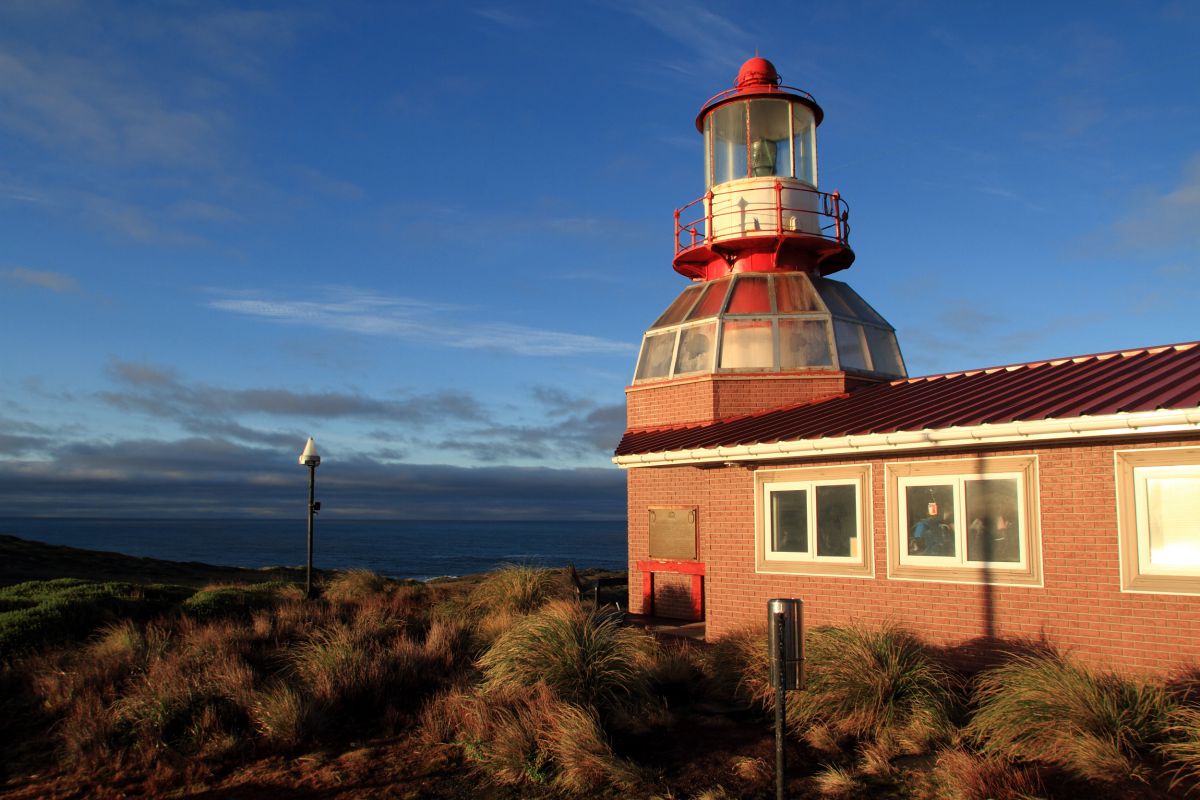 The 1600s: The Dutch East India Company monopolizes all Dutch trade to the Indies through the Strait of Magellan.
The 1600s: The Dutch East India Company monopolizes all Dutch trade to the Indies through the Strait of Magellan.
1615: Former employees of the Dutch East India Company, Isaac Le Maire and an experienced Captain, Willem Cornelis Schouten invest their money into two vessels, the Eendracht and the Höorn. Their plan is to find another way of sailing to the Pacific Ocean in the hope of ending the Dutch East India Company’s control over the region.
January 29, 1616: The crews discover and round Cape Horn on January 29 and name it after Schouten’s birth town, “Kaap Höorn” in the Netherlands. Despite their success, the crew are captured by a Dutch East India vessel and prosecuted for breaching the rights of the company to the passage through the Strait of Magellan. They are not believed when they claim to have found a new route and return to the Netherlands in disgrace.
1616-1913: The waterway around Cape Horn is finally accepted and becomes the main trading route between the Indies and Europe. During the Californian Gold rush in the late ‘40s, ships with gold pass around the horn as well as passenger vessels sailing between the two coasts of the United States.
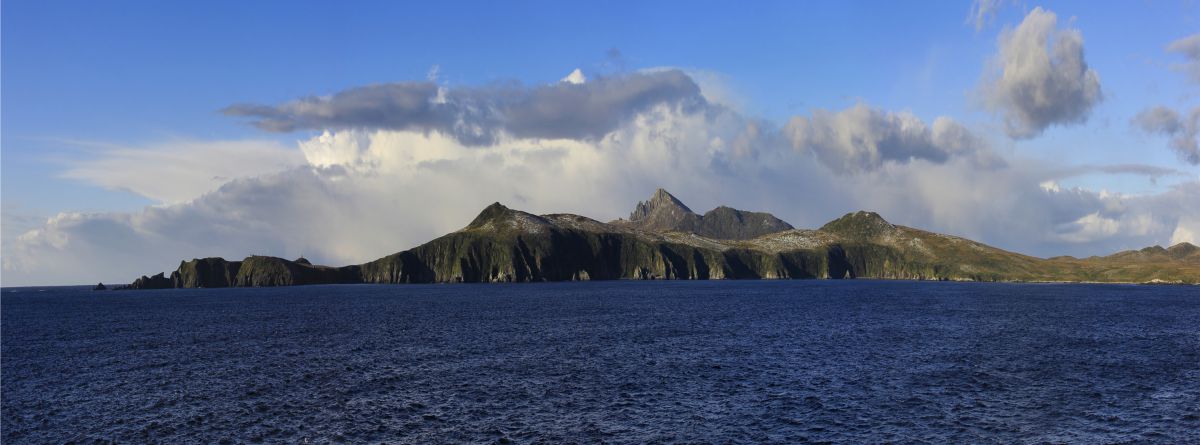 In 1832, Charles Darwin visits Cape Horn, South America on the second voyage of the HMS Beagle. The crew narrowly escapes death when the boat is nearly shipwrecked near Cape Horn because of the fierce waters and gale force winds found at this meeting point of three oceans. The HMS Beagle continues on its journey north to the Galapagos Islands. Here, the naturalist forms his ground-breaking theory of evolution.
In 1832, Charles Darwin visits Cape Horn, South America on the second voyage of the HMS Beagle. The crew narrowly escapes death when the boat is nearly shipwrecked near Cape Horn because of the fierce waters and gale force winds found at this meeting point of three oceans. The HMS Beagle continues on its journey north to the Galapagos Islands. Here, the naturalist forms his ground-breaking theory of evolution.
However, not everyone is successful in rounding the horn during this period of time and these waters come to be known as a treacherous graveyard of sailors. More than 10,000 seamen and over 800 ships are wrecked in the waters.
1914: The Panama Canal is completed, connecting the Atlantic and the Pacific Oceans and making the dangerous journey around Cape Horn no longer necessary for cargo ships and passenger liners.
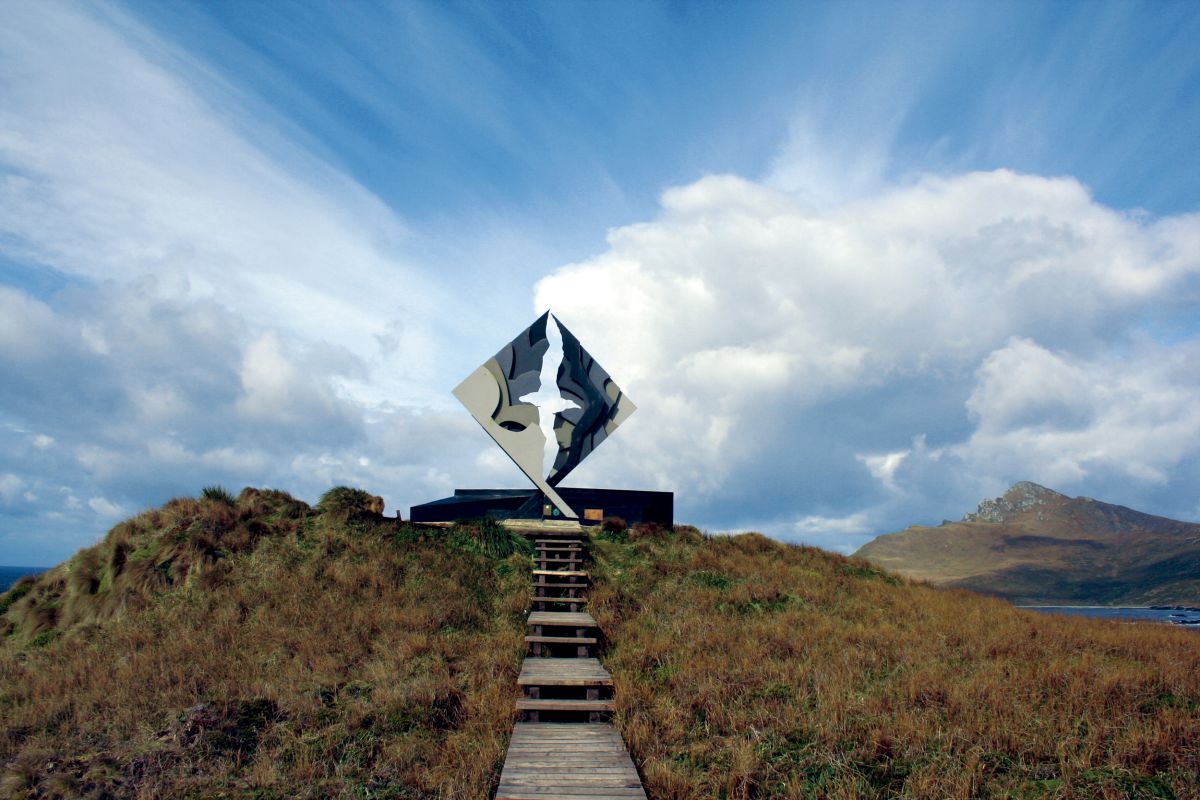 Modern day: Since this date, Cape Horn has become a fascinating destination for curious travelers keen to learn more about its tragic history or for intrepid sailors hoping to achieve one of the ultimate sailing feats known to man: rounding the horn.
Modern day: Since this date, Cape Horn has become a fascinating destination for curious travelers keen to learn more about its tragic history or for intrepid sailors hoping to achieve one of the ultimate sailing feats known to man: rounding the horn.
No comments yet
There are no comments on this post yet.



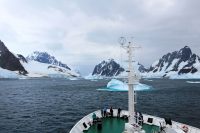

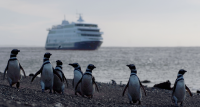
Leave a comment